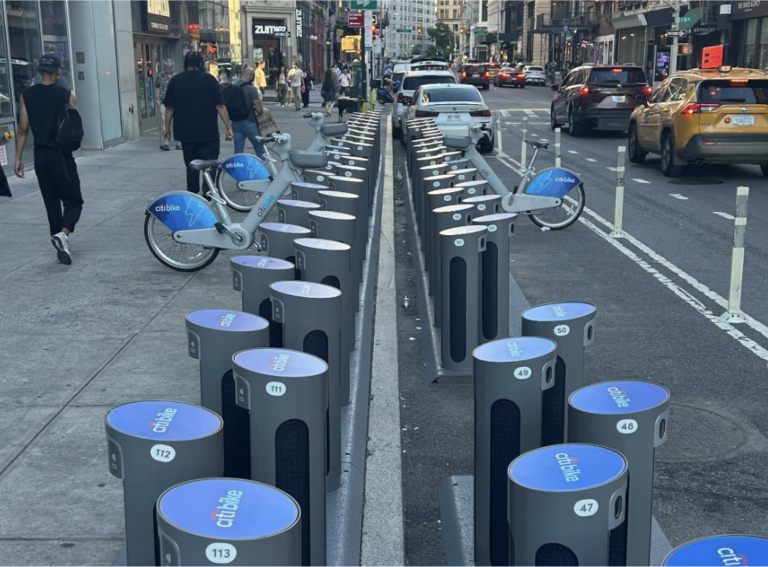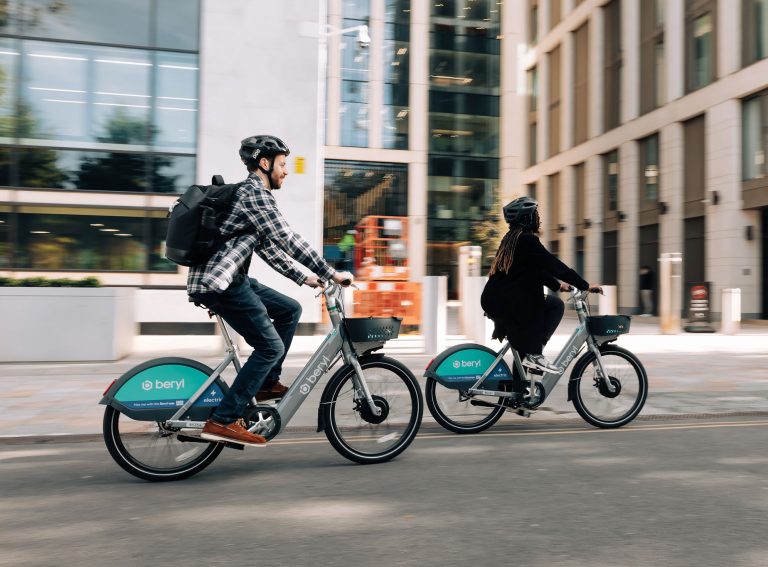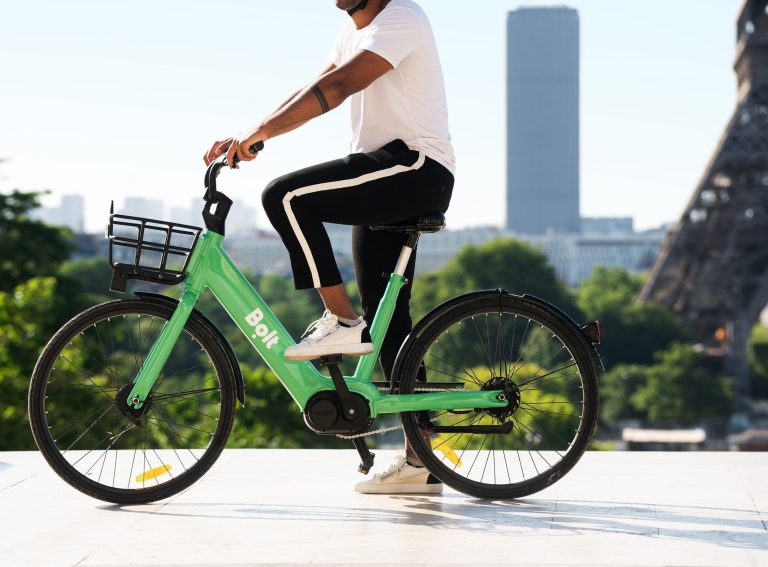Author: Brandon Schuh, Senior Vice President at U.S. Insurance Broker Christensen Group
Insurance is always a big component of the calculation for micromobility operators.
But this renewal season is likely to be the toughest season yet.
Bankruptcy filings from Bird, Superpedestrian, MaaS Global and others have left carriers holding their debts, their claims and their headaches. And you can bet these challenges will bleed into their thoughts around renewals. Here are 10 hacks to improve your story.
Picking a broker
This is self-serving advice but very legitimate, nonetheless. If you think getting the best insurance quote means asking five different brokers to get you a quote then you need to reevaluate how you view your relationship. A broker’s job is to design an insurance programme that is well suited for you and the client, and then go to market with those ideas in mind on your behalf. Even with technologies like AI, API’s, telematics and the like, a broker’s job is to take all of that information and package it into a condensed story to differentiate one insured vs another.
We need market leverage and that requires an open and free market without encumbrances of having multiple brokers involved. That means picking your broker based on their qualifications, capabilities and relationship/expertise. Once you’ve established that you have the right broker, then let that broker go out and “market” your risk to the underwriting community.
In my broker’s opinion, industry expertise and underwriting relationships (often highly correlated) should be your number one criteria for picking a broker. Pick your broker and make sure they know this industry well.
Financial Strengths or Lack Thereof
As mentioned above, there have been systemic financial issues within the micromobility sector over the last 12 months. These issues have reverberated throughout those that have serviced these operators, leaving many insurers reevaluating how they will issue insurance policies in the future. If you are a veteran insurance buyer in the space you will have likely noticed that Letters of Credit (LOC’s) are being used more and more. There will be no middle ground on this going forward. YOU WILL need to collateralise your self-insured retention (SIR), which is another word for deductible. In 2024 it’s likely that the collateral requirement will be a multiplier of your specific SIR or past LOC’s – dependent on your claims and financial history.
As a client (and broker) it’s our job to deliver ideas and creativity in this area of insurance too. A client retaining their own risk, especially in light of insurance company struggles, is not going away and it’s likely they will continue to grow in size (the SIR / LOC’s). So one idea for how to compensate for this additional financial hurdle/requirement is to use Insurance Collateral Funding options. These include using third parties to lend their balance sheet (for a fee). The fee usually aligns with the cost of capital you would see in a conventional LOC. But instead of that collateral encumbering your revolving credit line, it can be freed up, improving the financials and balance sheet for the VC’s. This is a highly specialised space but there are a couple vendors able to assist customers if financials are strong.
Mileage Reporting Capabilities
The better your telematics data, the better we can rate it from an insurance standpoint. Getting granular with data and using algorithmic underwriting is certainly becoming more integrated into the rating process. Using designated rates for night vs daytime, new rider vs experienced, busy roads vs bike paths, and many more. Using GPS and geofencing, we can deploy these features to truly enable a usage-based insurance design. Measuring true usage as opposed to a per vehicle charge or a percentage of revenue should theoretically be more cost efficient and more precise.
Safety Differentiators
Every platform boasts about the technology they have vs their competitors. The competition has levelled out a bit in the past couple of years. Whether it be sidewalk detection and lowered speed, or geofenced parking, the micromobility industry has come a long way. Continuing to improve upon this story is important. There is still a lot of stigma placed on electric scooters, in-particular. The more this can be couched with improvements to technology and safety, the better the chances become of more insurers entering the market and growing capacity (and lessening cost using simple supply and demand economics). Parking remains one of the most highlighted deficits in the space because of the visibility that dockless operations have to the public. Advancements and storytelling around ways to improve the public persona will be exponentially important.
Insurance Plan Design
The design of your insurance programme remains of most paramount importance for your piggy bank. When we talk about plan design, it’s not too dissimilar from designing your benefits programme. The idea of plan design is to promote good consumerism within your liability transactions. Liability insurance is not meant to be a transaction medium – unlike your benefits. It’s meant to be a backstop, a worst case and last resort. That’s why it’s called insurance and not a credit card.
There are a variety of ways to promote good plan design. It starts with the operator taking risk in the working layer. What do I mean by that? Most mobility claims can be resolved/disposed of for less than $100k. And if you are running a shared micromobility operation and you are unable to pay a $100k claim, it’s probably not the right space for your company. This is risky business. There is innate risk in the micromobility space so understanding that from day 1 is going to save you a lot of time and money. At some point, if you are successful, you will pay a claim and that payment will likely eclipse $100k. Planning for this is an important consideration and should be an exercise that is shown to the insureds financial decision makers as they plan for growth. Accruing for claims payments is an often overlooked step.
The amount of risk taken can have a huge impact on insurance premium price. A self-insurance of $100,000 is about the basement of this process. Depending on your size, these numbers can grow to millions. Figuring out that number will be a process that you go through with your broker and their analytics team to look at what might work for you, your financials and your type of risk.
The larger the industry gets, without substantial tort reform and press back against litigation funding, we’ll continue to get these actions. The trick here is to work with a broker that has benchmarking related to verdicts in the space along with one that has relationships with law firms that are specialists in mobility too. The design of the insurance structure is a group exercise that demands C-Suite participation and simulations.
The Glue of Claims Handling
Piggybacking on the last section of plan design, the claims handling is the glue that holds this whole thing together. In connection with the carrier, there needs to be a thoughtful plan for the arc of a claim. For instance, how is the information taken in by the operator, where is it sent, who is communicating with the customer/claimant and at what point is the carrier and counsel brought into the conversation. Plan design will drive much of this but the more risk an insured takes on, the more involvement and administration will be housed internally.
Other considerations in plan design would include: taking risk within the limits of insurance (aka co-insurance, quota sharing, ventilation of limits, and more).
Battery Fire Suppression
This has become a big and influential part of an insurance programme within micromobility because of Lithium batteries and the general lack of fire suppression within rented facilities. Make sure your building is sprinkled at the very least. Ideally you have fire lockers to mitigate the risk of thermal runaway. Also be aware of who you are buying your batteries from. Be sure that your batteries are tested to UL standards; there are some really impressive new manufacturers in the battery space that have seemingly cured many of the issues we’ve seen in New York and other geographies.
Rebalancing
I have written about the risk in rebalancing in previous articles for Zag. However, it remains a very critical underwriting ingredient. How do you plan on using human capital in your rebalancing and/or battery swapping plans? Much like a benefits plan where you can direct your customers to specific pharmacies and specific facilities for a particular set of healthcare issues; a micromobility operator can attempt to do something similar. Finding ways to re-design the user experience and transportation map so that rebalancing is self-correcting can save on payroll and insurance. Meaning, by osmosis, will users rebalance for you if you are premeditative in the allotment and location of devices?
Battery swapping in lieu of moving the whole scooter/bike, in and of itself, is a huge reduction in risk. The vehicle size required to move an entire scooters/bike fleet vs small batteries can be substantially smaller and less awkward to drive. A fleet of Prius’ vs a fleet of Ram Promasters will be considerably less to insure, will require less space to house and will incur fewer claims.
There has been pretty cursory exploration into other methods of rebalancing – like: teleoperation, AV devices and more. I don’t necessarily have a solution but this area of risk management (rebalancing operations) is beginning to eclipse the costs to insure the micromobility fleet itself; so it’s one that should be thoughtfully considered.
Maintenance
An oldy but a goody. Make sure your maintenance capabilities, staff and schedules are best in class and acknowledge that the vehicles used are run hard and that the frequent use of these vehicles makes them susceptible to maintenance challenges.
Getting to know your underwriter
This is a very basic but often overlooked hack. If you are an operator of growing influence and size and you don’t have a close relationship with your underwriter then you need to change that quickly. Private models with less nuances might have less need for this but larger operators and manufacturers in the space will, as I mentioned, incur claims. So cultivating a sustainable relationship and good working environment between client, broker and underwriter is of utmost importance. Periodic check-ins, face to face meetings and rapport building really assist in the sustainability of the account and understanding between parties. No surprises is my general line that I take when working as an intermediary between parties.











